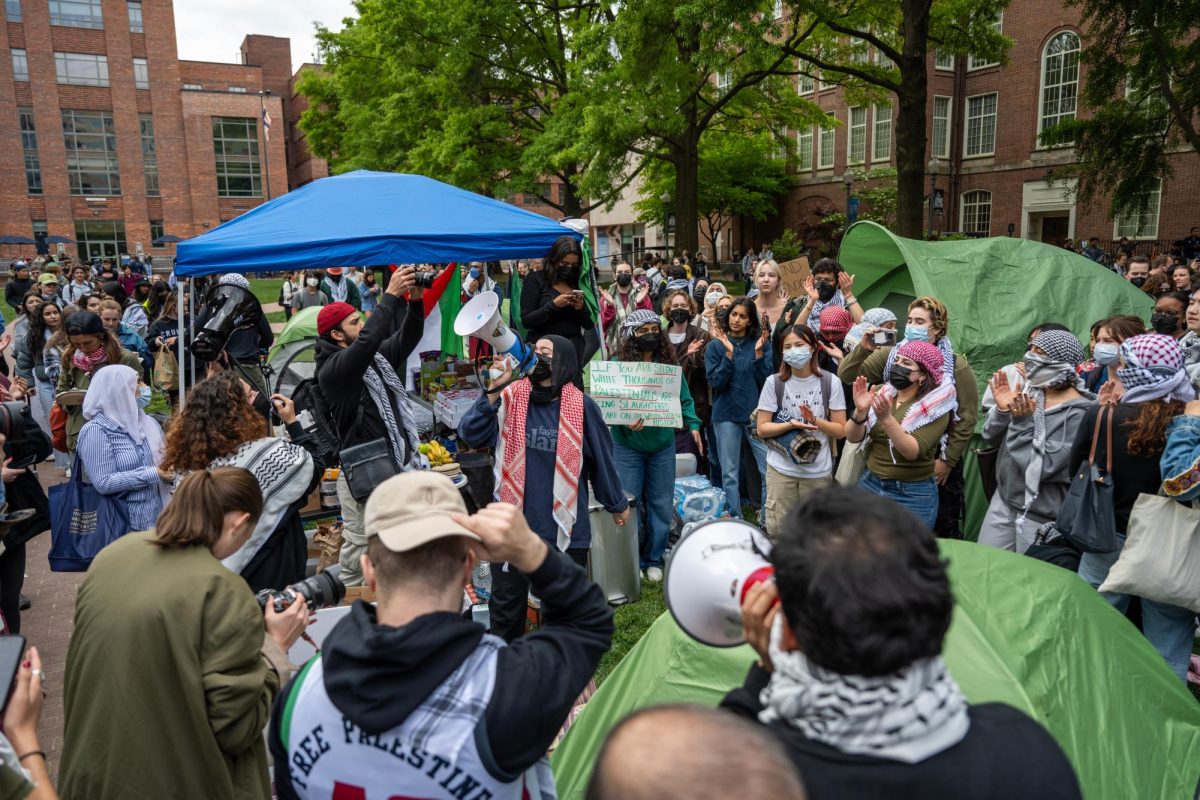The money-saving task force charged with improving the University’s academic programs will devote about $2.5 million to support research – 20 percent of the resources the project set aside for fiscal year 2012.
The majority of that pool will go toward hiring research-ready faculty, but some money from the Innovation Task Force will be directed toward matching funds from federal and industry grants as well as creating lab space.
Provost Steven Lerman declined to provide a specific breakdown of spending within the $2.5 million, but the addition to the University’s research budget represents a new avenue for internal support as federal resources – GW’s primary source of research money – shrink due to budget cuts.
University President Steven Knapp established the task force in fall 2009 with three objectives: raising new funds from philanthropic sources, increasing the productivity of the University’s research and instructional programs and finding savings in business processes that can be reinvested in students, faculty and academic initiatives.
The initiative hopes to raise $60 million per year after its first five years, the equivalent of the annual payout from the University’s endowment. To date, the task force has found $34 million in savings.
Besides research start-ups, the Innovation Task Force’s $11.2 million investment has gone toward academic advancements like hiring additional advisers in the Columbian College of Arts and Sciences, an online degree-auditing program and support during the reorganization of the medical center. Of that total, $2 million remains unallocated.
Don Boselovic, head of financial tracking for the Innovation Task Force, said a key focus of the task force’s research-related spending was hiring extra staff in the Office of the Vice President for Research to help identify new ways to fund faculty-led studies.
Boselovic said the allotment process is “still evolving,” explaining that a request to hire faculty with Innovation Task Force funds would begin with “a dean saying we have this opportunity and that starts the conversation.”
“There’s no focus on any one school,” he said. “But I can imagine that, as we gear up toward the Science and Engineering Hall, that these funds would help get that in place.”
The $275 million building set to open in 2015 has been heralded as a step toward boosting the University’s research profile, with the majority of the structure’s space being devoted to research labs.
Dave Lawlor, co-chair of the Innovative Task Force, said the efficiency effort – more than halfway to its goal – continues to find areas for ongoing savings.
This article was updated on Nov. 22, 2011 to reflect the following:
The Hatchet incorrectly characterized the long-term savings of the Innovation Task Force as the equivalent of the yearly interest from the University’s endowment. The $60 million in savings is the equivalent of the annual payout from the University’s endowment.






